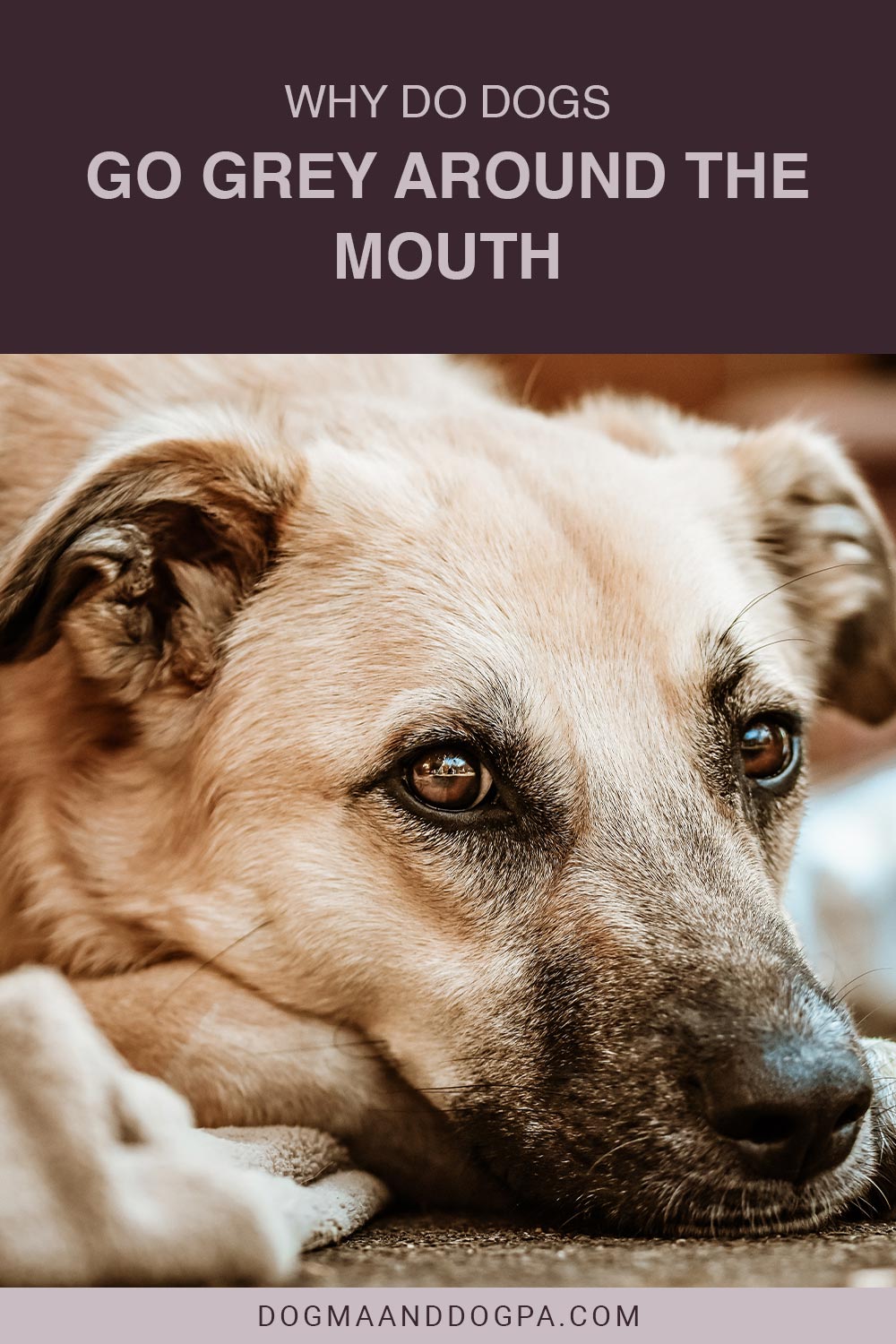When you get a pet, the two of you share a bond. One thing that many people do nowadays is celebrate our fur baby’s birthdays. But what happens when you adopt or rescue a dog instead of buying from a breeder?
You can’t know their birthday, but vets can estimate their age for you. Another way to gauge your pet’s age is by seeing how much gray fur they have around their mouth. As dogs get older, they grow more gray around their mouth.
Is this Normal?
Yes, it’s perfectly normal. Dogs go through Geriatric Greying. Like humans, they start growing gray hair as we age. Since dogs don’t live longer than us, they develop their grey hair faster.
When Does it Usually Start?
On average, dogs start graying at five years old. However, there are times when dogs grey faster, and this is called Progressive Greying. When that happens, it can begin as early as age 2.
It is believed that Progressive Greying is associated with Chromosome 25. Some dog breeds, such as poodles, also have that dominant gene that causes their whole coat to turn gray or silver.
What if Your Puppy Starts to Go Grey?
If your dog is under the age of 2, then you shouldn’t see any graying. Instead, you might see your puppy growing into its adult fur. Sometimes puppies start with darker fur; after their first few cuts, their new adult fur becomes visible.
After the age of 2, if your dog starts growing gray, it’s probably a sign of Progressive Greying, and it’s not a sign to be wary. But, as always, if you’re ever concerned about your pet’s well-being, schedule a visit with your vet.
What Dog Breeds go Grey the Earliest?
Some dog breeds are predisposed to Progressive Greying. These dogs will go gray earlier than others. Some of those dogs are:
- Poodles
- Bearded Collies
- Sheep Dogs
- German Shepherds
Dogs can experience Vitiligo just like humans can. Vitiligo is a condition where you lose pigment in your skin. For dogs, it happens in their fur, turning it gray or white.
Vitiligo, though a rare condition, happens more often in purebred dogs because it is typically spread through genetics.
Other Reasons that May Cause It
There are a few different reasons that dogs can go gray. As we discussed earlier, the biggest reason is age, and another reason is Progressive Greying. A few things that cause Progressive Greying are:
Stress / Anxiety
If you think that stress or anxiety is causing the early graying, be sure to keep an eye on their behavior. Excessive licking and sporadic movements are two examples of more common symptoms of stress.
Genetics
Being a purebred dog can cause early graying and vitiligo due to the constant inbreeding that occurs for purebred dogs. Also, remember that a specific chromosome causes Progressive Greying and that no other health issues should come from it.
Health Issues
Things like hypothyroidism or liver disease can also cause dogs to gray early. Health issues like hypothyroidism tend to come with other symptoms, such as weight gain. If you’re worried about your dog’s health, see your vet.
Final Thoughts on Dogs Going Grey Around the Mouth
If you notice that your dog has started growing gray fur, don’t worry, it’s completely normal. Dogs start growing gray fur for a variety of reasons, such as:
- Age
- Stress / Anxiety
- Genetics
- Health Issues
Dogs start to grow gray fur at age five, but if they have Progressive Greying, they can start as early as age two. Purebred dogs like Poodles are more likely to have Progressive Greying or Vitiligo due to the inbreeding that happens to get a purebred dog.
Seeing your dog growing gray fur paired with excessively licking or sporadic movements could signify stress or anxiety. If you’re ever worried about your pet having other health issues, take them to the vet.

